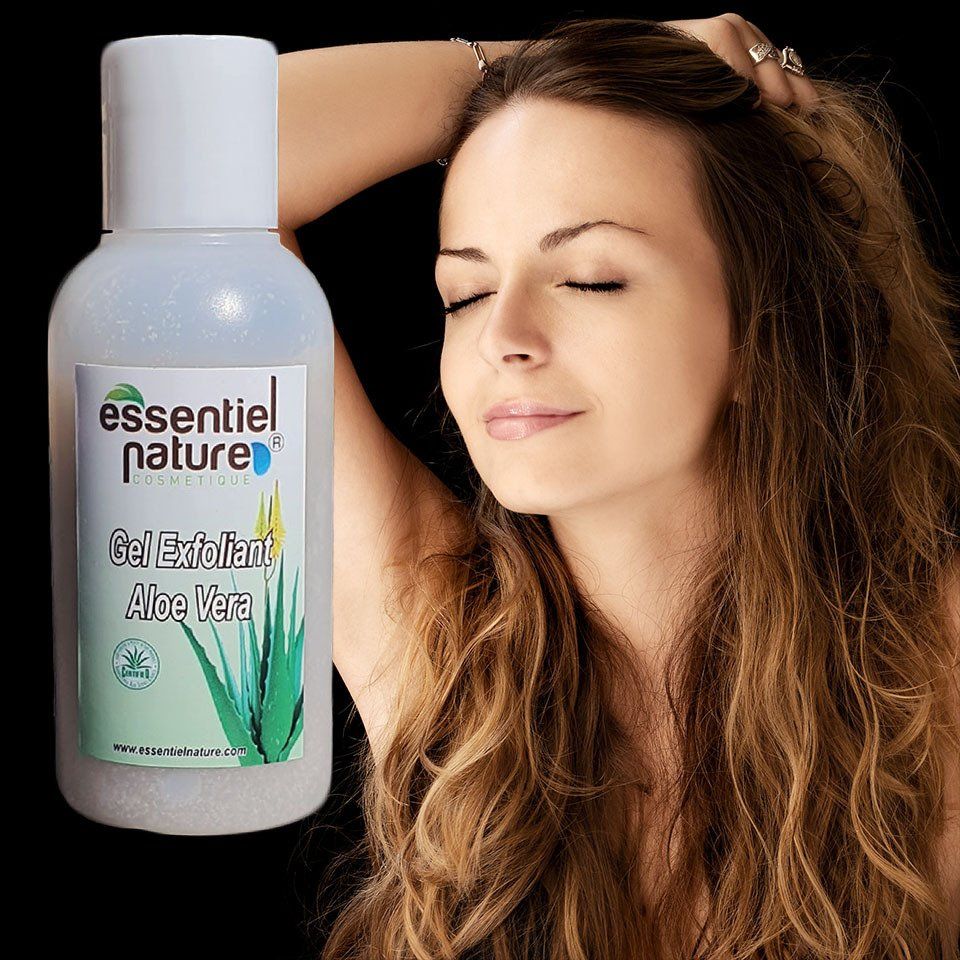The history of Aloe Vera
A mythical plant known and consumed for more than 5000 years, all great civilizations use aloe for therapeutic and cosmetic purposes, Aloe Vera is still today, and perhaps more than ever, widely studied. Its 150 scientifically recognized active ingredients make aloe vera an exceptional food supplement. It is one of the most "marketed" plants at the moment. Aloe Vera first developed in Egypt during the time of the pharaohs (description in the Elbers papyrus), in ancient Greece, among the Indians, then among the Romans and in Asia. For the record, the island of Socorata, in the Indian Ocean, was conquered by Alexandra Le Grand more than 300 years before our era, in order to supply Aloe to her army. Aloe Vera was only introduced to Europe during the Renaissance. These are its laxative properties that will be used until the 19th century, when we begin to be interested in its other qualities. The plant was then imported to the Americas, during the Spanish conquest. Thus, from 1820, Aloe was part of the American pharmacopoeia for its laxative properties. In 1850, two Americans isolated the substance responsible for this property and named it: aloine. In 1935, doctors used Aloe to treat burns caused by x-rays. A little later, the survivors of the bombings of Hiroshima and Nagasaki will use it to treat the burns of their skin. From this date, it becomes a fashionable dermatological and cosmetic product. Therefore, not only this plant is still included in many preparations but the study of its virtues will develop. Thus in 1938, the main active elements were identified and in 1959, the plant managed to be stabilized in a natural way. After 1968 and extensive research carried out by various researchers, Aloe Vera will experience a real boom throughout the world. Since then, scientifically in-depth work has confirmed the empirical knowledge that we had. The Sumerian civilization: Aloe has been used since ancient times for therapeutic purposes. The ancient testimonies reach us from the Sumerian period (3500 to 2000 years BC). In 1948, traces of the therapeutic use of Aloe on engraved clay tablets were discovered in the ruins of Nippur. The ancient Chinese: In one of the first works on medicinal plants (dating from around 2700 BC), Aloe is classified among plants with major therapeutic virtues and considered as the specific plant for the treatment of burns and diseases of the skin. The ancient Chinese then call it "remedy of harmony". Mesopotamian civilization: Aloe appears on clay tablets engraved in cuneiform characters, dating back to the 2nd millennium "BC (approx. 4000 years), discovered in the ruins of ancient Elba in 1973. The Semitic tribes of Mesopotamia hung the Aloes over the door of their houses to drive out evil spirits. Ancient Egypt: In ancient Egypt, Aloe was the first plant whose "blood" gave beauty, health and Eternity. The pharaohs considered it an elixir of long life. The plant accompanied them on their journey to the Hereafter. The "Egyptian book of remedies" of the famous Ebers papyrus (1500 BC) mentions the Aloe among healing formulas. In addition, Aloe had cosmetic virtues for the ancients and was called "the elixir of youth" It is said that Cleopatra's eyes owed much of their legendary glow to eye drops made from Aloe and that the secret of the beauty of the skin and Nefertiti's complexion resided in her daily baths of Donkey milk and Aloe pulp. The Arabs: They were the first to market Aloe for internal and external use. They exported the plant to the Middle East and Asia (approx. 500 BC). Indian civilization: For the Hindus, Aloe appears prominently among the secret plants of their medicine (Ayurveda) - their nickname for the plant is "the silent healer" Quote from a letter from Mahatma Gandhi to Romain Rolland: " You ask me what is the secret of the forces that supported me during my long youth, well it was my unshakeable faith in God, my simple and frugal life and Aloe whose benefits I discovered as soon as I arrived in South Africa , in the last years of the centuries. " The Greeks, Romans: Aloe symbolized beauty, patience, fortune and health for the Greeks.The plant is used by Hippocrates, Aristotle, and many others as a laxative, to heal burns, relieve pain tumors, treat boils and stomach aches or even against hair loss. It is said that Alexander the Great (around 330 BC) was wounded by an arrow. The wound became infected and he was treated by a priest sent by the famous Aristotle who used an oil based on Aloe from the island of Socotra to have enough Aloe available to heal the wounds of the Soldiers. East and Africa: The Bedoins and the Tuaregs of the Sahara have known the virtues of Aloe since ancient times. They call it: "The Lily of the Desert". For the Zulus, Aloe is "The plant that heals everything". They use it to heal their wounds and to treat joint pain and muscle spasms (cramps). It is said that one of the secrets of the legendary longevity of the Templars was the elixir of Jerusalem, made from hashish, Aloe and palm wine. Europe: Middle Ages and Renaissance: Western Christians discovered the virtues of Aloe during their crusades. Their opponents, the Muslims, consider Aloe as the remedy par excellence, as a "magic plant" to which they attribute the virtues of protection and good luck. Aloe is imported and planted in North Africa and Spain. Chistophe Columbus led Aloe on the Santa Maria to heal and protect sailors from illnesses, more especially scurvy and malnutrition consequences. Aloe was then known as the "pot doctor". He would have said "Four plants are essential to the life of man: wheat, vine, olive tree and Aloe." The first nourishes you, the second rejoices your heart, the third harmonizes you and the fourth heals you. "Paracelsus discovers the plant and talks about the" mysterious and secret Aloe, whose golden juice heals burns and poisonings of the blood. "The Portuguese and Spanish Jesuit fathers cultivate Aloe and value its healing properties . American Indians: Young Mayan girls washed their faces with Aloe juice to keep their complexion beautiful and their hair to make it supple and vigorous, as Cleopatra once did. For Native Americans, Aloe was one of the sacred plants that they used for therapeutic purposes, such as for example to "calm" the stomach, to clean the kidneys and the bladder, to stop the cough. The Jivaros called him the "doctor of the sky". Contemporary civilization: For some fifty years, scientists especially the Russians and the Americans - begin to study the chemical composition and the therapeutic properties of Aloe. But it was not until 1968 that Bill Coats discovered a method of stabilizing Aloe Gel by a perfectly natural process. This patented method now makes it possible to market Aloe Vera for the benefit of all.







